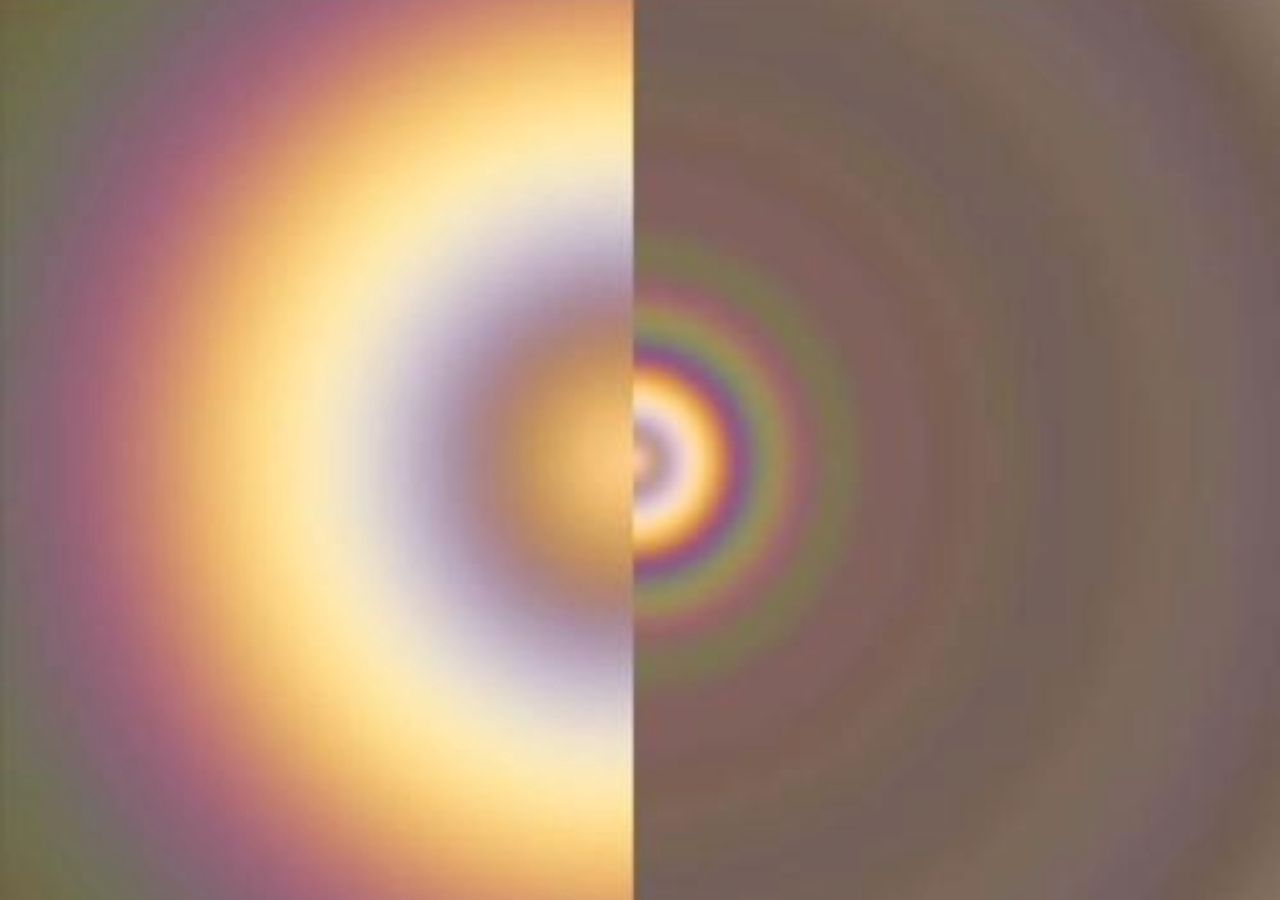
Glory have been seen on a planet outside the solar system for the first time, but what are they and why do they occur?
This 'glory effect' occurs only under certain conditions – when light is reflected off clouds consisting of a perfectly uniform, but currently unknown, substance. The effect forms when light passes a narrow opening, between water droplets in clouds of fog, for example, causing the light to diffract or bend , and create ring-like patterns.
Astronomers believe the phenomenon originates in the atmosphere of the ultra-hot gas giant WASP-76b, which sits around 637 light years away. The ultra-hot Jupiter-like planet has less mass than Jupiter, but is almost double its size as it is " puffed up" by intense radiation .
Observations taken by European Space Agency 's Characterising Exoplanet Satellite (CHEOPS) suggests that the 'glory' may occur between the extreme heat and light of the exoplanet's sunlit face, and the infinite night of its dark side .
The 'glory effect' occurs often on Earth, but has only ever been seen once on another planet – Venus; if confirmed, it would reveal more about the nature of this mysterious planet.
"There's a reason no glory has been seen before outside our solar system – it requires very peculiar conditions ," said lead author Olivier Demangeon from the Institute of Astrophysics and Space Sciences , Portugal . "First, you need atmospheric particles that are close-to-perfectly spherical , completely uniform and stable enough to be observed over a long time. The planet's nearby star needs to shine directly at it , with the observer at just the right orientation."
WASP-76b, fist discovered in 2013, as a uniquely 'hellish environment' . One side of the planet constantly faces the sun and reaches a temperature of 2,400°C – which would melt and evaporate any elements that would form rocks on Earth. The other side is cooler and perpetually dark ; here these elements would condense, creating iron clouds that drip molten iron rain.
No comments:
Post a Comment